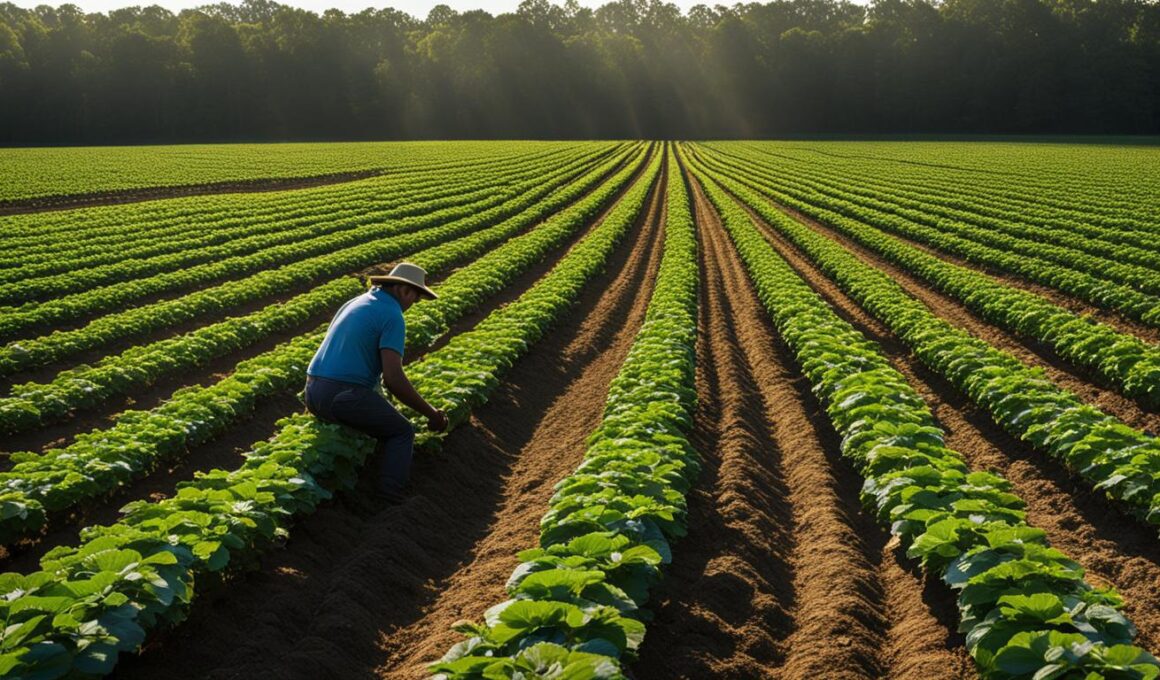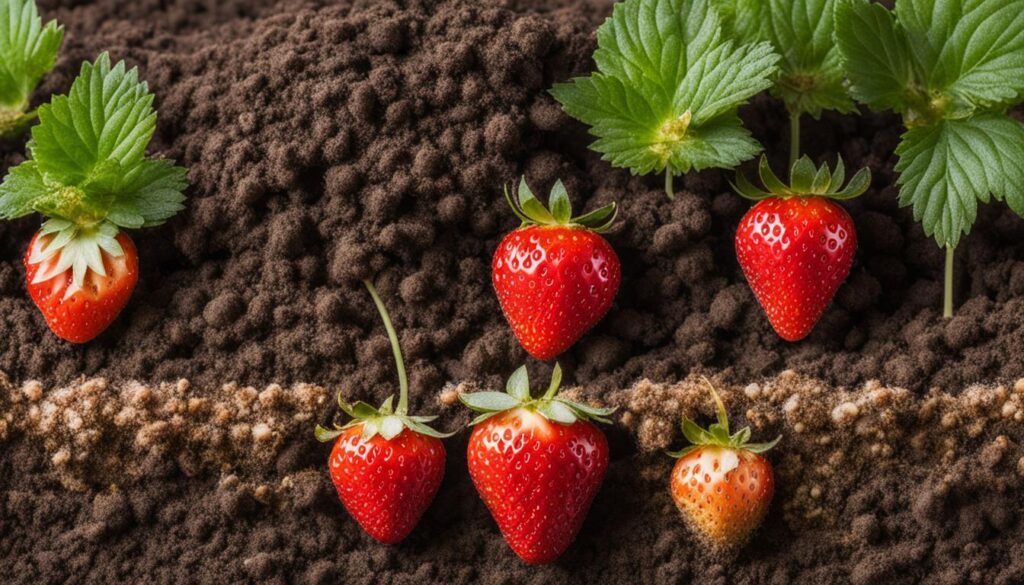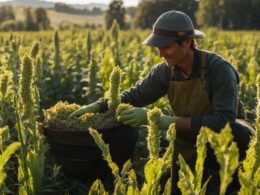Are you interested in cultivating lush strawberries right in your own backyard? With the right techniques and a favorable climate, growing strawberries in Texas is possible. Strawberries are not only delicious but also packed with essential nutrients, making them a wonderful addition to any garden or edible landscape.
When it comes to successfully growing strawberries in Texas, understanding the state’s unique climate is key. The warm and humid climate of Texas presents both opportunities and challenges for strawberry cultivation. By following the recommended practices and taking advantage of the favorable conditions, you can enjoy a bountiful harvest of sweet and juicy strawberries.
One of the first considerations for growing strawberries in Texas is selecting an appropriate location. Strawberries require at least six hours of direct sunlight daily, so choose a sunny spot in your garden. Additionally, strawberries thrive in well-drained soil. Sandy loam soil with a slightly acidic pH is ideal for their growth.
To ensure proper drainage, raised beds or containers can be used. These options are particularly beneficial for gardeners with poorly draining soil. Raised beds and containers also offer the advantage of mobility, allowing you to position your strawberries for optimal sunlight exposure.
Another important step in cultivating strawberries is conducting a soil test or using a suitable organic or synthetic fertilizer. This will help provide the necessary nutrients that strawberries need to flourish. By following these essential practices, you’ll be on your way to growing healthy and abundant strawberries in the Texas climate.
Site Selection and Preparation
When it comes to growing strawberries, selecting the right site is crucial. To ensure your strawberries thrive, follow these guidelines:
- Select a sunny location: Choose a spot that receives a minimum of six hours of direct sunlight daily. This will provide the strawberries with the energy they need to grow and produce delicious fruits.
- Ensure well-drained soil: Strawberries prefer well-drained soil to prevent root rot and other diseases. If you have heavy clay soils, consider constructing a raised bed. A raised bed allows you to control the soil quality by using a blend of sandy topsoil, peat or compost, and loam. This will provide the strawberries with the ideal growing medium.
- Consider containers: If you don’t have access to suitable garden soil or space, you can still grow strawberries in containers. Containers offer mobility, allowing you to move them to sunnier locations if needed. Choose a pot with proper drainage holes and fill it with a well-draining potting mix. Place the containers in a sunny spot and watch your strawberries flourish.
- Conduct a soil test: Before planting your strawberries, it’s a good idea to conduct a soil test. This will provide valuable information about the nutrient composition of your soil. Based on the soil test results, you can make informed decisions about the addition of organic or synthetic fertilizers to provide the necessary nutrients for your strawberries.
By selecting a sunny location, providing well-drained soil, considering raised beds or containers, and conducting a soil test, you’ll be setting a solid foundation for your strawberry garden. Take these steps to ensure your strawberries have the best possible start and continue to thrive throughout the growing season.
Planting Systems
When it comes to growing strawberries in Texas, there are two main planting systems to consider: the perennial matted row system and the annual system.
The perennial matted row system involves planting strawberries in a dense row that is gradually narrowed each year. However, this system is not recommended for Central Texas, as it has lower productivity and requires year-round maintenance.
The annual system is the preferred method for warmer regions like Texas. In this system, plants are set 12 inches apart in a staggered double or triple row and are treated as annuals. It is important to plant strawberries at the same depth they were in the nursery to ensure optimal performance.
Proper watering is crucial for successful growth. After planting, give your strawberries an initial sprinkling to reduce transplant shock. Subsequently, drip irrigation is recommended to provide consistent moisture. This ensures that your plants receive adequate hydration without overwatering.
Fertilization is also important for the health and productivity of your strawberry plants. Light fertilization with organic or synthetic liquid fertilizer every few weeks will help provide the necessary nutrients. This ensures that your strawberries have the resources they need to produce abundant and flavorful fruit.
By following these guidelines and implementing the appropriate planting system, you can enjoy a bountiful harvest of delicious strawberries in your Texas garden.
Recommended Varieties and Care
When it comes to growing strawberries in Travis County, there are several recommended varieties that have been proven to thrive in the local climate. Some of these varieties include Chandler, Festival, Sequoia, Benicia, Camino Real, Camarosa, Douglas, Oso Grande, Radiance, and Seascape. These strawberry varieties have been carefully evaluated and selected for their ability to produce delicious and abundant fruits.
Proper care and feeding are essential for the success of your strawberry plants. Regular watering is crucial to keep the soil moist but not soggy. Avoid overwatering, as it can lead to root rot. Additionally, periodic fertilization using organic or synthetic liquid fertilizer will provide the necessary nutrients for healthy growth and optimal fruit production.
Protecting your strawberry plants from frost is crucial, especially during freezing nights. You can cover the plants with a frost blanket or use row cover fabric to create a barrier against the cold. This will help prevent damage to the tender leaves and fruits.
Harvesting strawberries at the right time is key to enjoying their full flavor. Wait until the berries are fully red and ripe before picking them. To avoid damaging the plant, it is recommended to cut the strawberries by the stem rather than pulling them from the plant. Unwashed strawberries can be stored in the refrigerator for a few days, while washed strawberries can be frozen for future use.
Are Turkey Tail Mushrooms also Suitable for Growing in Texas?
Yes, growing turkey tail mushrooms techniques are suitable for Texas. These mushrooms thrive in warm climates with plenty of moisture, making them a great option for Texas growers. Utilizing proper growing turkey tail mushrooms techniques can result in a successful harvest in the Lone Star State.










